The Heart's Treasure - Lessons in the Art of Living (3)
from the Nomad Collection: Peru & Japan
Note: This is the fourth and final essay in a sequence of stories. If you haven’t already, I invite you to read the first essay, the second essay and the third essay of the series before you read this essay.
I invite you, also, to gift yourself the experience of reading this essay while being in nature, perhaps once and maybe even twice.
In the spring of 2022, burnt from the life I had been living, I resigned without a plan from my 10 year career path as a lawyer in London to go on a period of slow, often solo, travel journeys in Portugal, Southern Spain, Switzerland, Peru and Japan.
Gathered over 9 months of leaving behind life as I knew it to explore the world through dance, yoga, art and nature, this is my offering of lessons in the art of living, learnt in the language of mountains, waterfalls, landscapes, cityscapes, luminaries, constellations, flowers, art, emotions, sensations, dreams, memories, and the heart — here, translated by me into the language of words.
I hope they speak to your heart and spark your own remembering.
“Did you see the full moon tonight? And all the stars?”
Night of the Cold Moon, 7 December 2022, in the Andes Mountains, Cusco, Peru
Lessons in the Art of Living (3)
from the Nomad Collection: Peru & Japan
Peru
(October - December 2022)
Music in the moonlight, the Andes Mountains, Cusco (“the navel of the world”) — 3,600m above sea level
— “Dance is not what you think it has to be. Even if you are just lying there listening to the music, you are still dancing — your cells are vibrating, they can feel and respond to the waves of the sound of music. You are being changed by your inner dance with the music, even if you can’t see it in the moment, you can always feel it.”
Where the hummingbirds go, Sacred Valley of the Incas — 2,390m above sea level
— “But how were you able to create a hummingbird sanctuary, just like that? How did you find all these hummingbirds?”
— “We just started growing this garden, we planted all of the flowers and trees that hummingbirds love, and all the hummingbirds started coming. They came on their own, they just knew.”
Without words at Inti Punku (“Sun Gate” in the Andean indigenous language, Quechua), where the rising sun shines directly through every year on the Summer Solstice, Machu Picchu — 2,720m above sea level
— (The light in me sees the light in you)
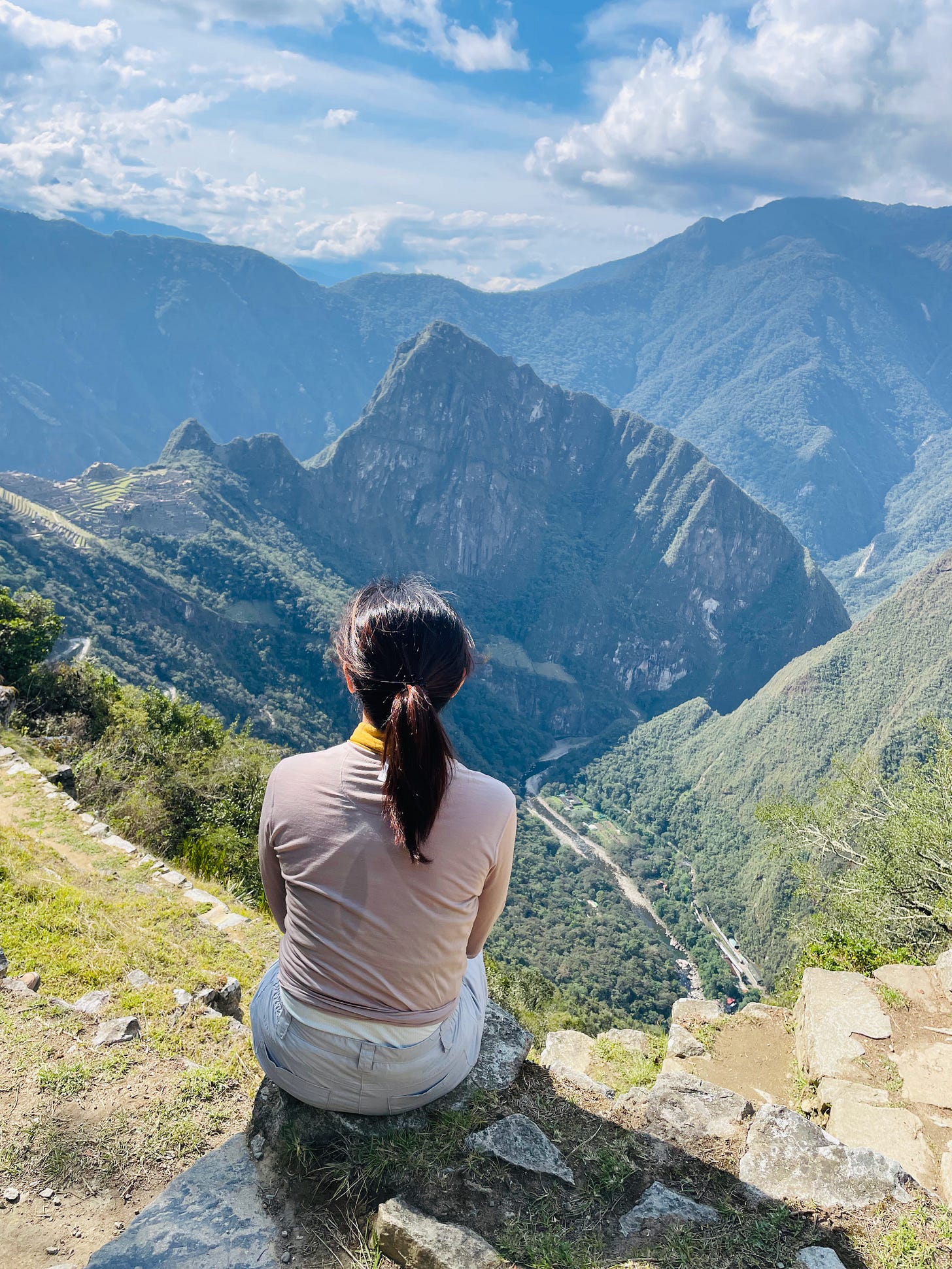
Without words at Munay Sonqo (“Loving Heart” in Quechua), Sacred Valley of the Incas — 2,926m above sea level
— (The flowers bathe with me, and I with them, under the moonlight)

The way home, the Andes Mountains — 3,600m above sea level
— “If you just keep following that path, you’re going to find your way back.”
Birthday morning with rooftop sunrise, birdsong, a circle of music and friendship at the Templo de los Monos, homemade birthday cake and the gift of laughter in the Andes Mountains — 3,600m above sea level
— “Today was a day like any other here, and it was the best birthday I could ask for.”
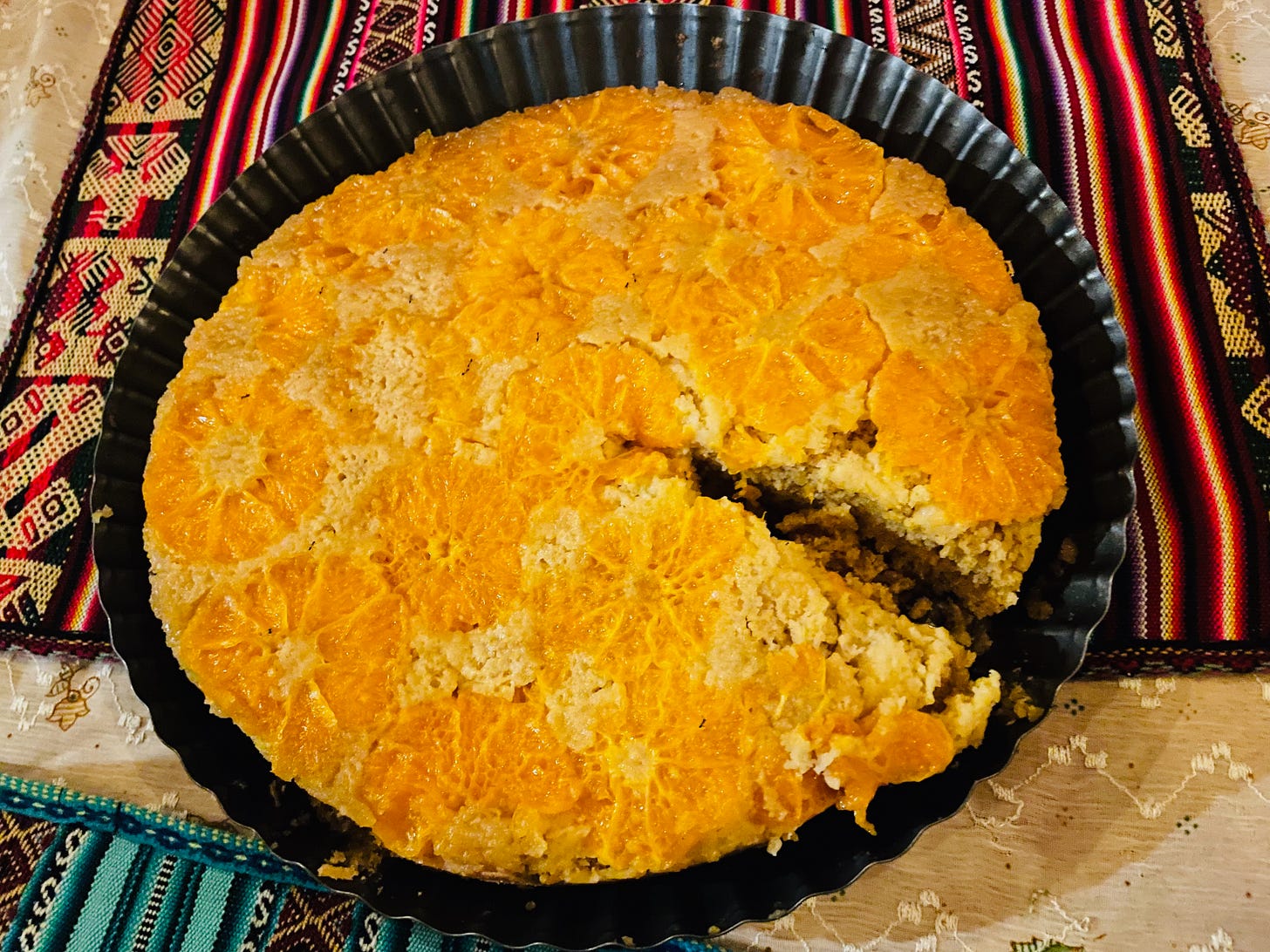
Despacho ceremony and an offering in beauty, Sacred Valley of the Incas — 2,926m above sea level
— “It’s a gratitude ceremony for us to send an offering to Pachamama. We make an offering in beauty and to life, from our hearts, and with our own hands.”
— “Here in Peru, we believe in ayni… it means a sacred exchange, a reciprocity, between all living beings and with the world. The teaching is that, as we give, so we are entitled to receive, and as we receive, so we need to give something back.”
Walking in Beauty
Excerpt from the Closing Prayer from the Navajo Way Blessing Ceremony
In beauty I walk
In beauty all day long may I walk.
Through the returning seasons, may I walk.
On the trail marked with pollen may I walk.
With dew about my feet, may I walk.
With beauty before me may I walk.
With beauty behind me may I walk.
With beauty below me may I walk.
With beauty above me may I walk.
With beauty all around me may I walk.
In old age wandering on a trail of beauty, lively, may I walk.
In old age wandering on a trail of beauty, living again, may I walk.
My words will be beautiful…
Japan
(January 2023)
Heaven, Earth and me at Enoura Observatory, Sagami Bay and Hakone Mountains, Japan

While in Tokyo, one morning, the winter sun woke me from my sleep and drew me to the Enoura Observatory in Odawara, a place where complexity distills, slowly and patiently, into simplicity.
Looking out of my window into the world, this is what I found there — shared here as a photo essay of key features of the Enoura Observatory.
A place otherworldly in its worldliness, the Enoura Observatory was born from the union of the imaginations of nature and humans, as conceptualized, designed and established by the Japanese photographer, Hiroshi Sugimoto.
As you look out of your own window here, accompanying you are the musings of Sugimoto that inspired the design of the observatory.
〰️ “My earliest childhood memory is of the sea seen from the window of the Shonan train… in that moment I also awoke to the fact that I was me, and that I was here on this earth.”1
〰️ “As if guided by an unseen hand, I was drawn to this place of memories… my aim is to convey the essence of Japanese culture to a wider audience… the art of living in harmony with nature.”2

〰️ You breathe in the heady infusion of jewel scents from mikan and yuzu trees, delighting in a sprawling citrus grove perched on a glittering cliff’s edge
〰️ “At the dawn of history, when the ancients first gained self-awareness, their first step was to search for and identify the place they occupied within the vastness of the starry firmament. This search for meaning and identity was also the primal force behind art.”3
〰️ Winter Solstice Light-Worship Tunnel and Well, a celebration of light and shadow on the Winter Solstice (regarded by ancient cultures as a turning point in the cycle of death and rebirth, “when new life is reborn”). You walk through a 70-metre rectangular tunnel channelling in the rays of the Winter Solstice sun to illuminate a large stone at the other end. The tunnel itself is built around a stone well dating from medieval times. Right above the well is an opening carved out from the tunnel roof to receive light. Looking into the well, you find that pieces of optical glass have been cascaded into the bottom of the well, so that “when it rains, you can enjoy the sight of the individual raindrops as they fall into the well”.4
〰️ “Developing an awareness of how the sun rises and the seasons change was one trigger for humankind's acquiring of consciousness. My goal in making this complex was to reconnect people, visually and mentally, with the oldest of human memories.”5
〰️ Summer Solstice Light-Worship Gallery of Glass, a celebration of the light of the sun on the Summer Solstice, “when the great pendulum of the seasons swings back again”.6 For 100 metres, you are surrounded on one side by the sea and the sky as seen through floor to ceiling windows of glass, and on the other side, by perspectives of sea and sky as seen through the photographer’s lens, in a gallery wall exhibition of Sugimoto’s “Seascapes” photography.
〰️ The U-chō-ten ("rain-listen-heaven") Teahouse, with its rusty corrugated iron roof salvaged from a local stone barn that had been used for storing tangerines. Its name comes from how “when it rains, you can hear the raindrops falling from the heavens and drumming on the iron roof.”7 In a feature of traditional Japanese teahouse architecture, there is a crawl door where the sun shines through at dawn on the spring and autumn equinoxes (which, in the seasonal cycle, are “milestones at the midpoint between extremes”8). The crawl door forces you to bend and lower your head, to humble yourself on all fours, if you wish to enter the teahouse.9

〰️ “I believe that if we turn once more to our ancient observation of the heavens, we will find glimmers that point the way to our future.”10
Arriving somewhere only you know
〰️ The sound of silence
Writer’s Note:
This is the fourth and final essay in the series titled “And What Did Your Heart Tell You?”, which continues on from the first essay, the second essay and the third essay.
I hope you’ve enjoyed this essay series as much as I’ve enjoyed writing and sharing it with you, and that what you’ve found here has connected you with new flavours in your taste of life. Look out for upcoming writing here at A Tangerine Moon, infused with the same, different flavours of life.
If this series has sparked something in you or for you, or inspired your curiosity about anything that’s been featured, I would so love to hear from you. Feel free to email me (suyintan@substack.com) or leave your comments below this post.
https://www.odawara-af.com/en/enoura/
https://www.odawara-af.com/en/enoura/
https://www.sugimotohiroshi.com/winter-solstice-lightworship-tunnel
https://www.sugimotohiroshi.com/winter-solstice-lightworship-tunnel
https://www.sugimotohiroshi.com/winter-solstice-lightworship-tunnel
https://www.odawara-af.com/en/enoura/
https://www.sugimotohiroshi.com/winter-solstice-lightworship-tunnel
https://www.odawara-af.com/en/enoura/
https://artscape.jp/artscape/eng/focus/1710_01.html
https://www.sugimotohiroshi.com/winter-solstice-lightworship-tunnel





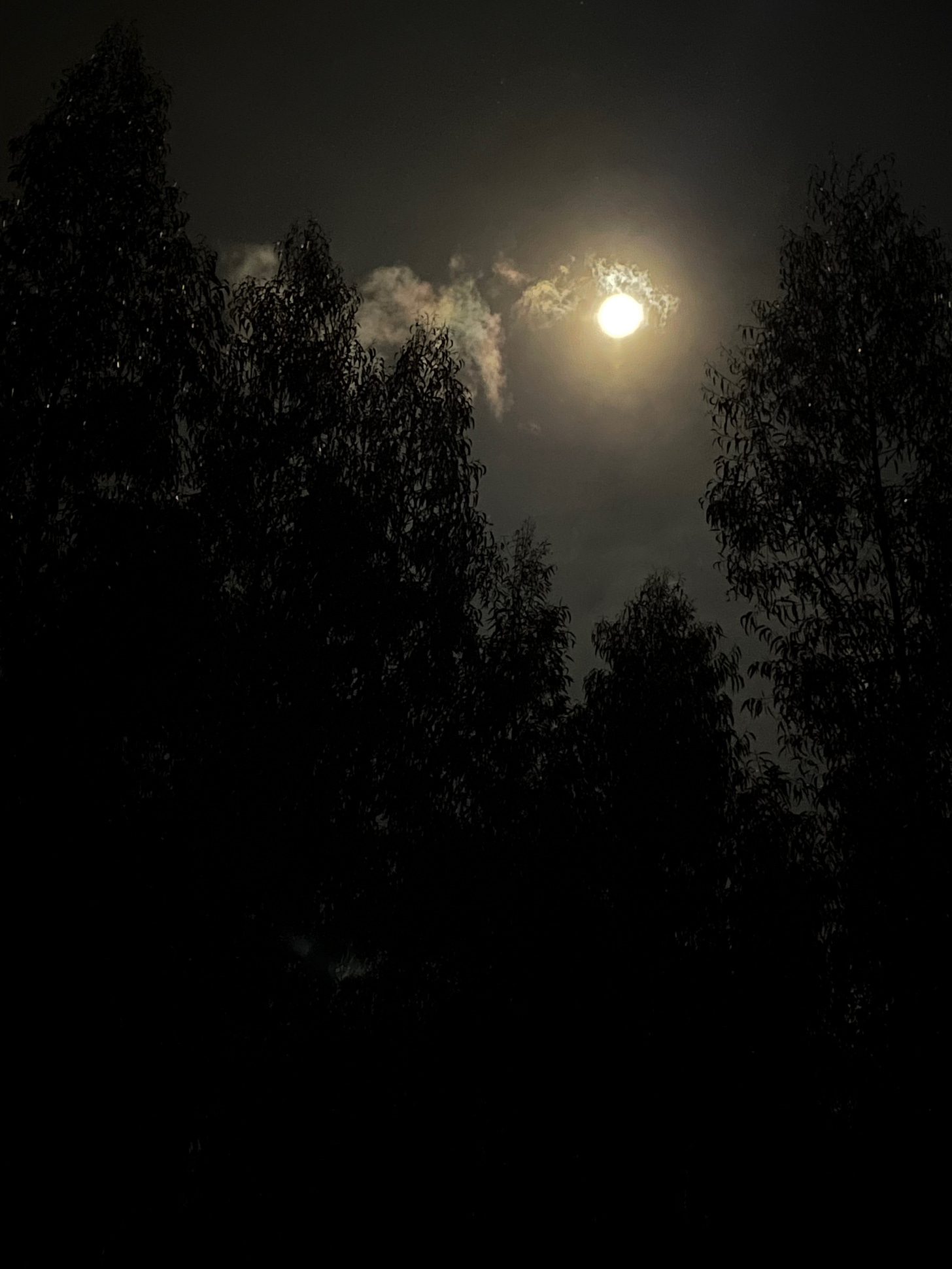


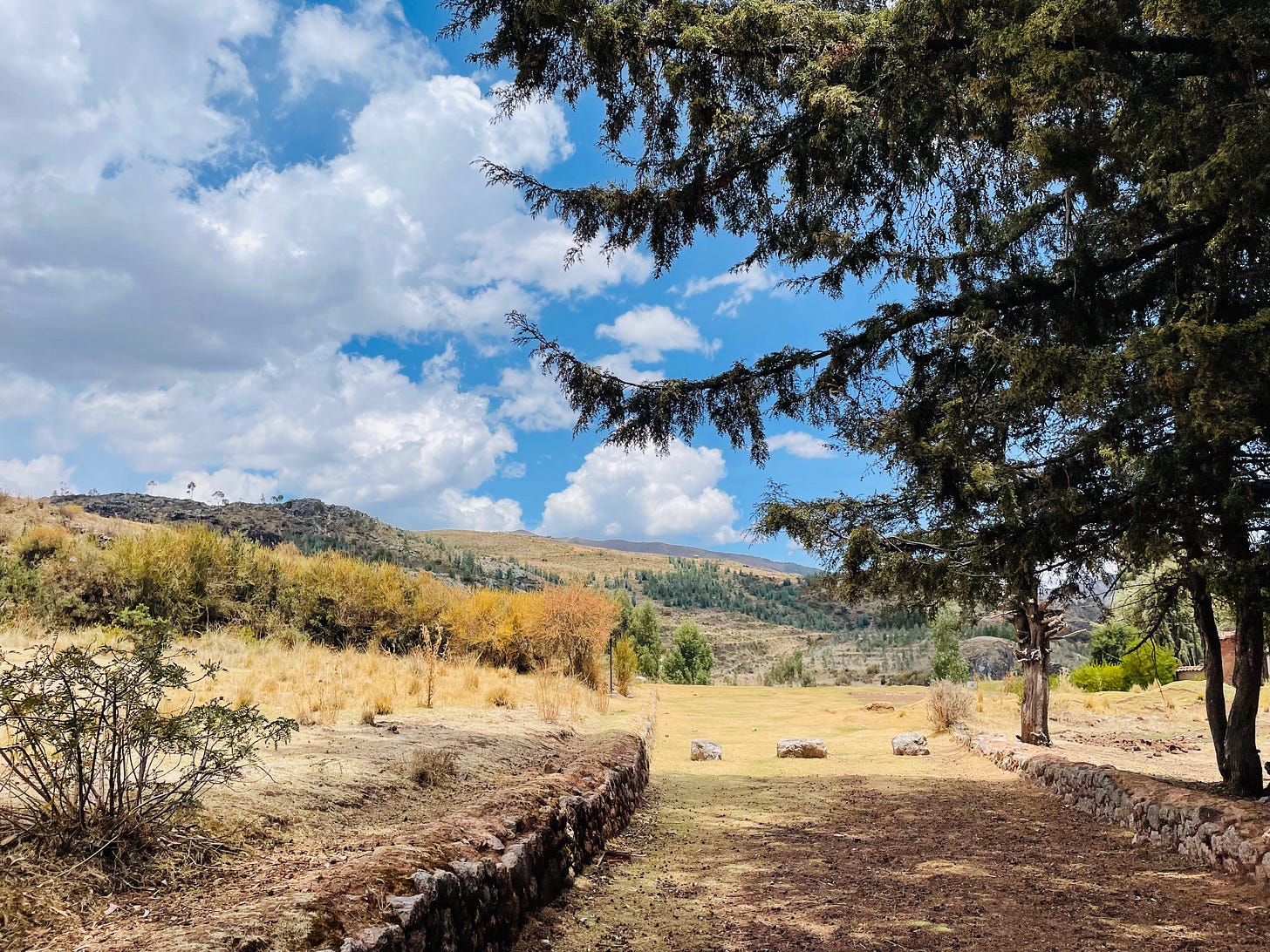
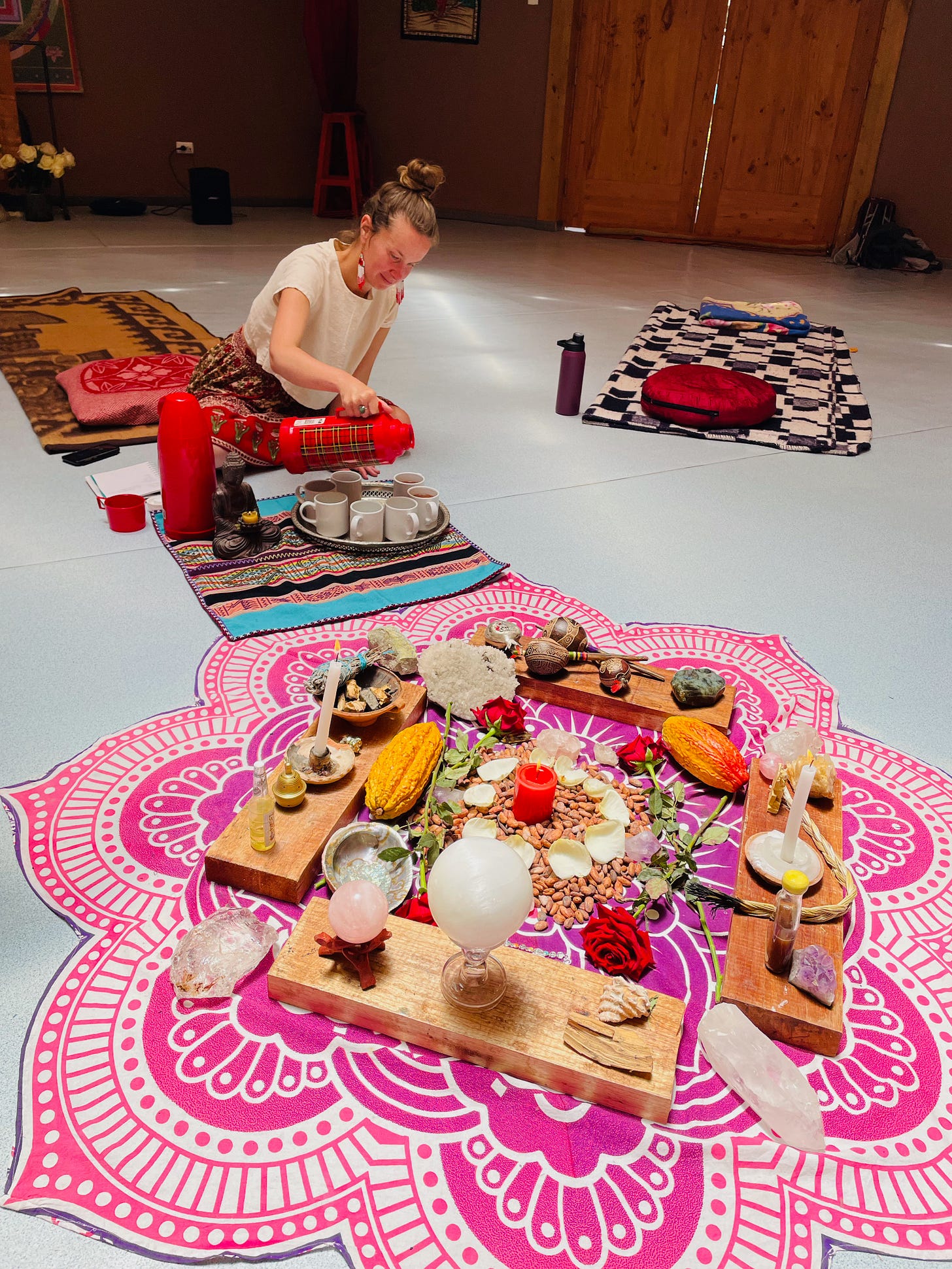
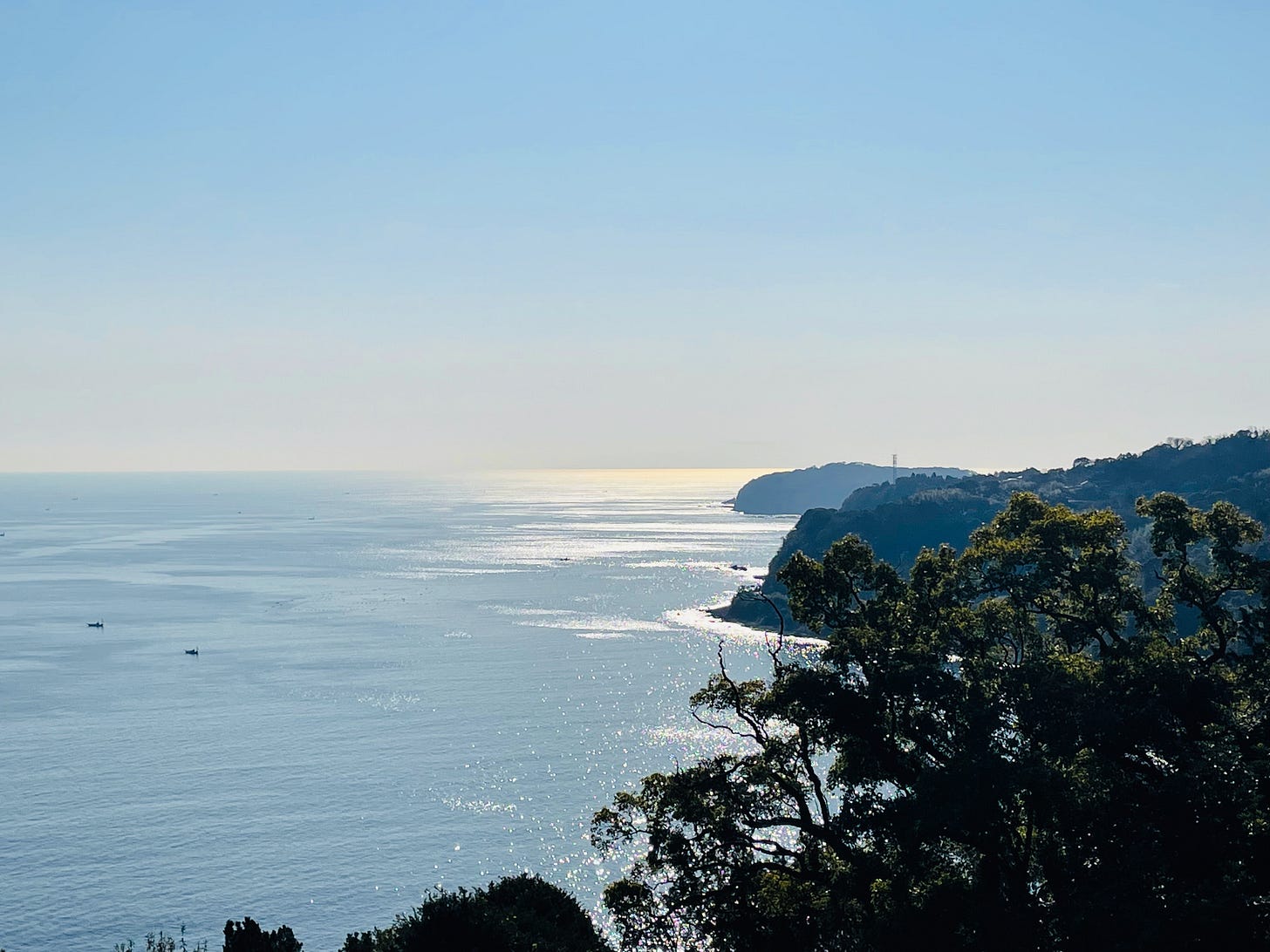








Wow, your travels have taken you to such amazing places! I love how these places are so in tune with nature and live in reciprocity with the land. 🌿